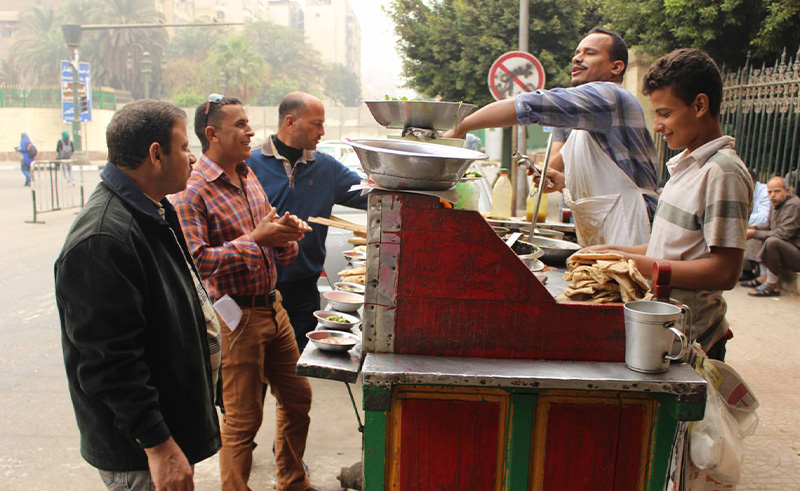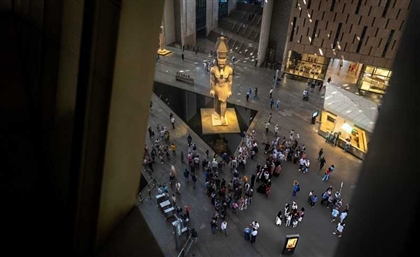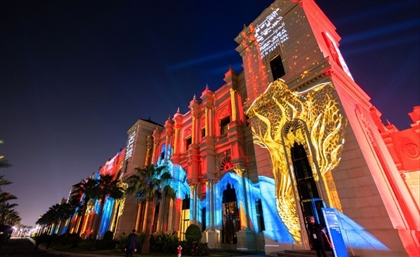Google Arts & Culture Initiative Celebrates Egyptian Cuisine
Partnering with several Egyptian organizations, this immersive virtual exhibit preserves Egypt’s rich culinary traditions.

Egypt has a special relationship to food. It is inextricably mixed into city landscapes, with colourful food carts, open air markets, and coffee shops spilling into the street. Food itself is judged by the intangible quality of al nafas, a concept that literally translates to “breath,” that relates to how much of a cook’s soul can be tasted in their food. Richer than molokheyya and as varied as koshary, Egypt’s culinary heritage deserves to be preserved and documented.
This was the challenge that led to the creation of ‘Sofret Masr – A Taste of Egypt’, a digital museum that showcases Egypt’s culinary heritage. Created by the Google Arts & Culture initiative, Egypt’s Ministry of Tourism and Antiquities, Rawi Magazine and Nawaya, a nonprofit organisation dedicated to preserving Egypt’s food heritage, this virtual exhibit provides an in-depth, immersive look at how food has fueling Egyptian life since the days of the Pharaohs.
Launched this week, Sofret Masr takes an impressive step towards documenting Egypt’s culinary culture. Composed of over 1,700 high-resolution photographs, more than 60 curated stories and 30 videos, this experience features stories that are perfect for those who are new to Egyptian culture as well Egyptians who want to learn more about their heritage.
For example, in one section, ‘Lunch at Setto’s’, viewers are taken on a trip to an Egyptian grandmother’s house for a traditional Friday lunch. The page depicts a high resolution image of a table set with a veritable feast. By scrolling, guests are able to explore the dishes, learning facts about them as they go. Dishes like mahshi, baladi salad, molokheyya, and stuffed pigeon, so familiar to Egyptians, can now be experienced virtually by global audiences. In a similar vein, the immersive photo collection ‘Bellies En-Route’ takes a virtual tour through Downtown Cairo’s eateries, making it possible to access Egyptian street food from anywhere in the world. The site also provides in-depth profiles of popular Egyptian foods, and instructional videos of chefs that anyone can use to bring incredible Egyptian dishes into their own homes.
While these “exhibits” are somewhat geared towards those who are not in Egypt (why look at a picture of mahshi when you can eat it instead?), this curated virtual experience provides ample opportunities for Egyptians to learn more about their own heritage. For example, one photo collection tells the story of Cairo’s takeout culture, which apparently dates back to the 9th c. CE and the rule of Khumarawyah ibn Ahmad ibn Tulun, whose palace cooks ran a side business selling the royal household’s leftovers to the public. Other immersive articles give insight into Egyptian food production, the processes archeologists use to learn about ancient food practices, and the trade routes that gave rise to the flavours Egyptians enjoy today.
The span of this online exhibit is impressive, with coverage that is both geographically and historically extensive. This platform is a reminder that everything, from a bowl of fool to a plate of mahshi, is connected to a larger story.
Trending This Week
-
Dec 04, 2025



























